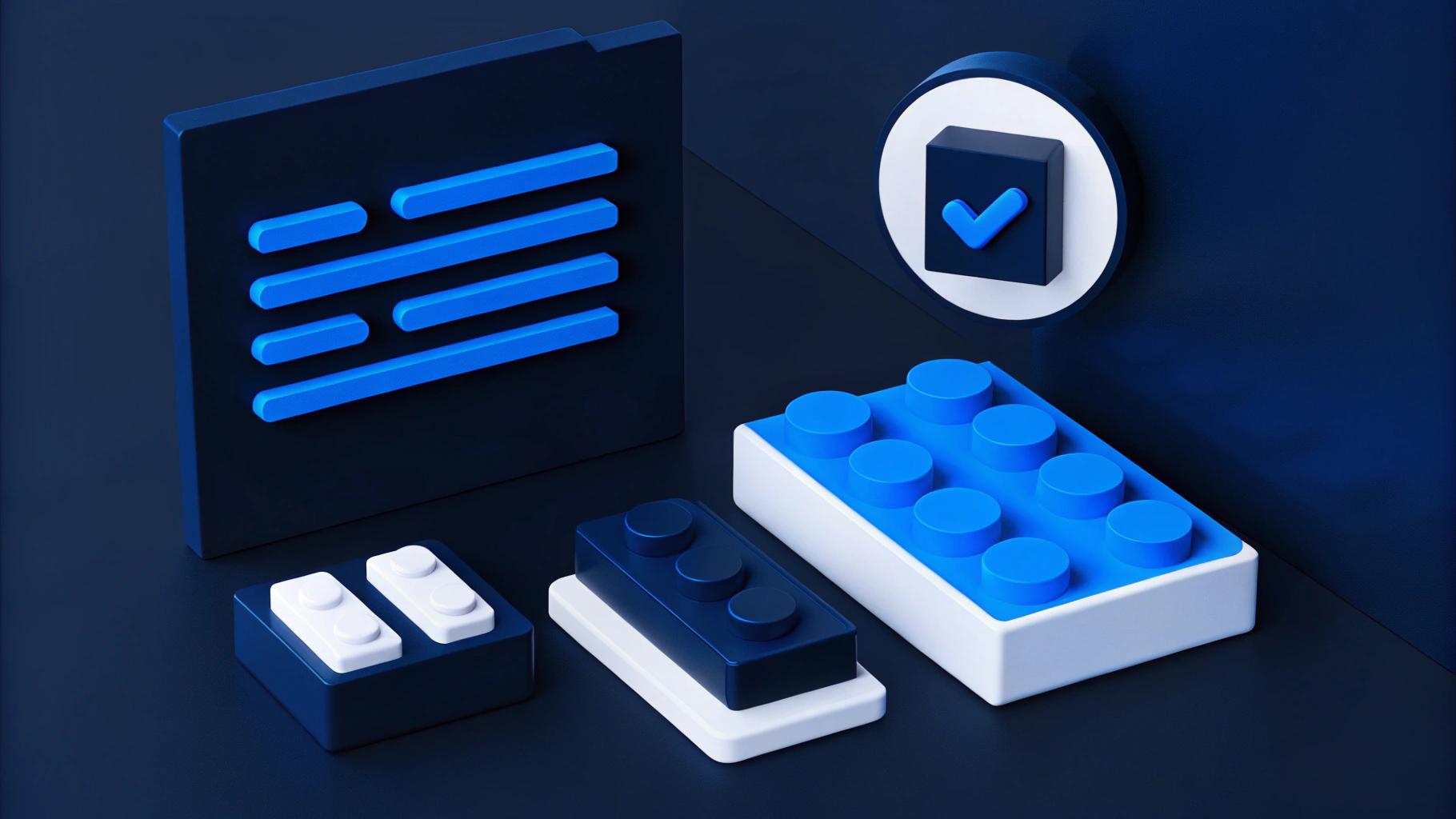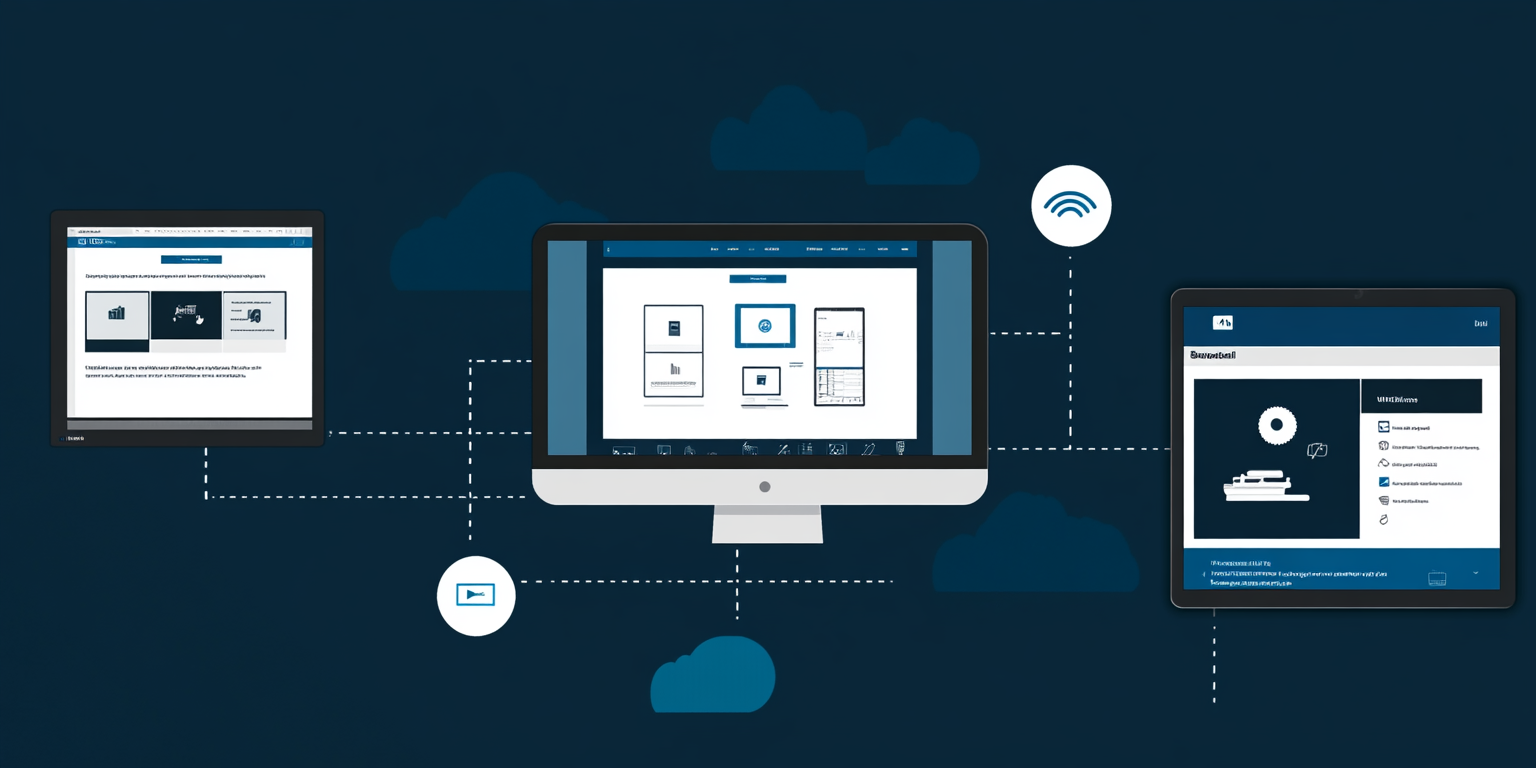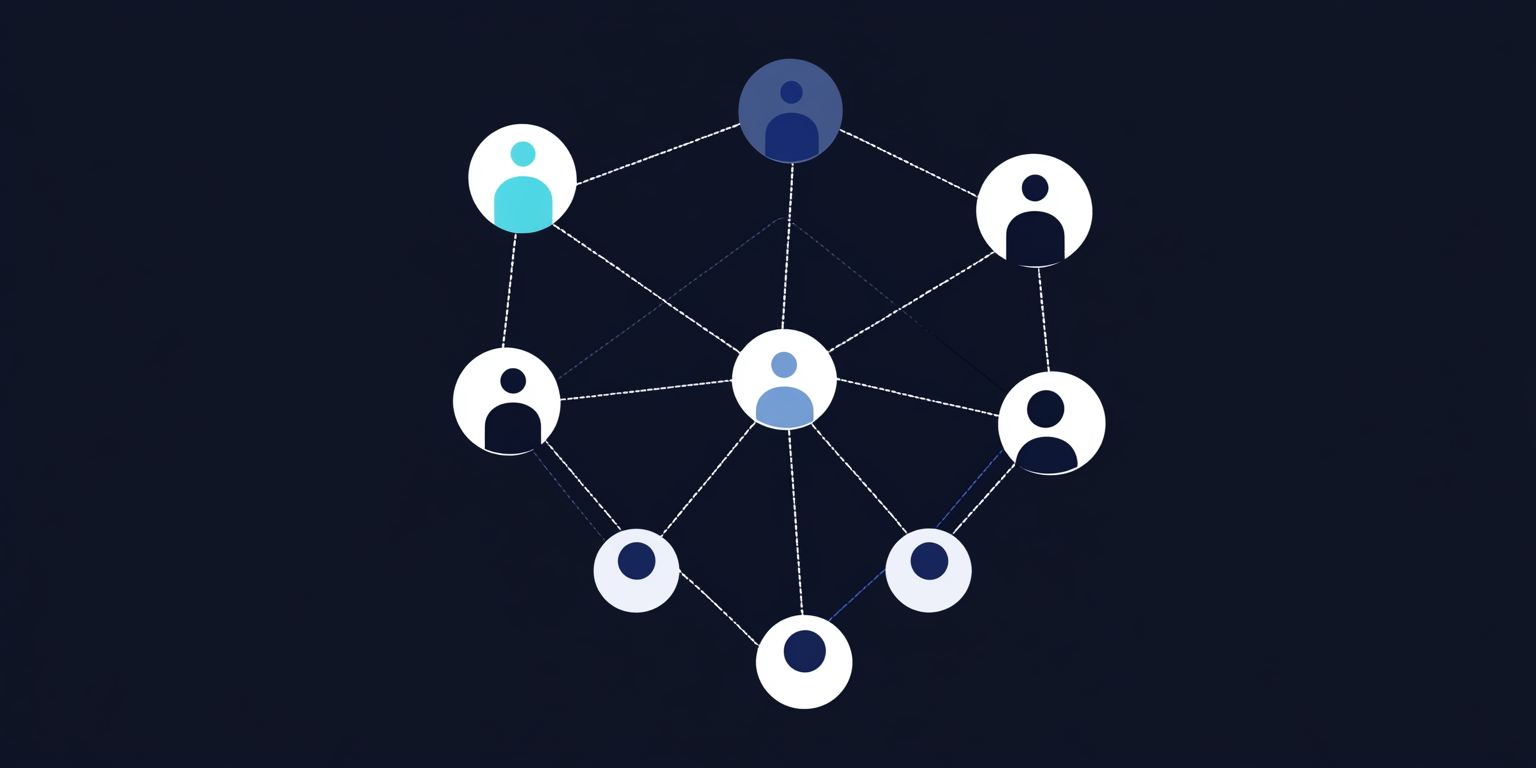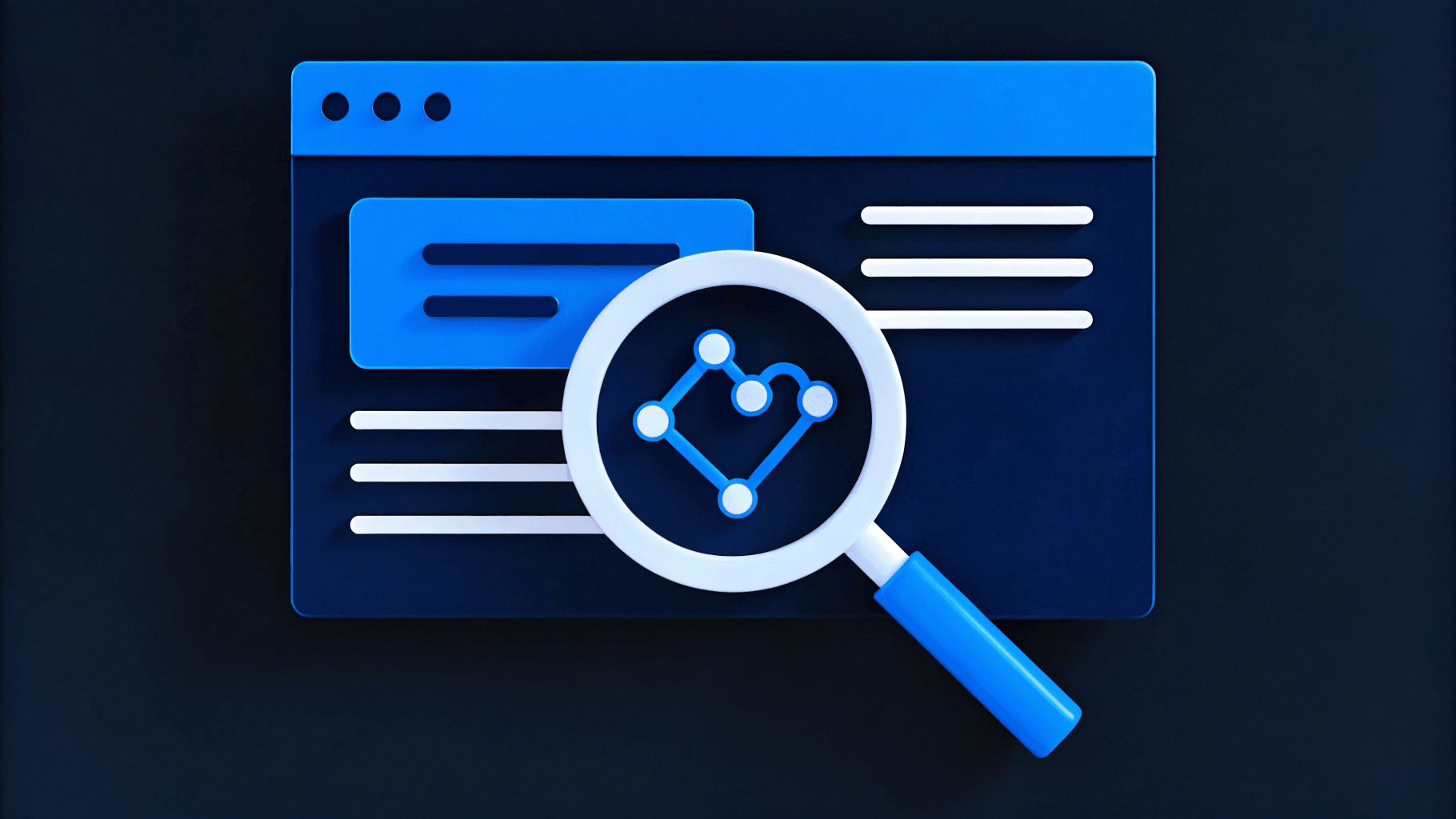Friday, July 11, 2025
Why Composable Architecture Web Projects Need AI-Powered Governance

Composable architecture gives teams flexibility to move faster and scale smarter. But as services multiply (APIs, headless CMSs, micro front-ends), so does the complexity behind the scenes.
Without strong governance, small oversights turn into security risks, performance issues, and ballooning infrastructure costs. AI-powered governance helps teams stay in control by monitoring changes, enforcing standards, and automating checks across every part of the system.
The Governance Gap in Composable Web Projects
Composable systems grow fast, but oversight rarely scales with them. Teams ship services independently, but without shared rules or real-time visibility, gaps in security, performance, and consistency start to surface. That’s when modular speed turns into operational drag.
Each new service adds another integration point to patch, monitor, and document. Contentful and Storyblok may live in separate pipelines, owned by different teams. Releases go live on different schedules. Over time, that disconnect leads to drift, where user experience, performance, and brand consistency start to fall apart.
Campaigns stall while developers trace dependencies. Brand guidelines weaken when content pulls from mismatched schemas. Security teams lose visibility as every API becomes a new entry point. Ownership fragments, documentation falls behind, and what started as modular flexibility turns into integration sprawl.
Traditional governance systems—manual audits, static rules, quarterly reviews—can’t keep up. In fast-moving environments, they collapse under the volume and pace of changes. What’s needed is a real-time system that keeps every moving part in sync.
How AI Bridges the Governance Gap
AI governance tools run continuously across your stack, applying policy checks in real time as new code, services, and content move through your system. Instead of relying on static rules or manual reviews, AI enforces standards dynamically, at the speed of modern composable workflows.
1. Enforce policies at every commit and deployment: Every commit and deployment is automatically scanned for violations. Assets are tagged with metadata for ownership, risk level, and compliance requirements. If a change breaks a defined policy—like missing alt text or outdated dependencies—it gets flagged or blocked before reaching production.
2. Detect performance issues before they launch: AI models monitor browser data in real time to catch layout shifts, slow loads, and Core Web Vitals regressions while code is still in staging. Teams can resolve issues early, avoiding lost rankings or poor user experience in production.
3. Strengthen security and compliance: Continuous scanners flag outdated packages, license conflicts, and known vulnerabilities. Some platforms also redact sensitive data and log access events automatically to support audit requirements. These workflows reduce manual review without weakening controls.
4. Map dependencies across the stack: AI helps visualize how services interact. You can trace performance problems back to a specific microservice, content block, or integration point. This visibility makes debugging and optimization faster and more precise.
5. Control infrastructure costs: AI usage models track which resources are underutilized, idle, or misconfigured. They suggest right-sizing infrastructure before it impacts your cloud budget, eliminating waste without waiting for a finance report.
What AI-Powered Governance Looks Like in Practice
AI governance systems work in the background, tagging assets, enforcing policy, and preventing issues before they escalate. The result is a composable stack that moves fast but stays secure, consistent, and cost-efficient. It enables:
Automated policy checks at every commit and deployment: Catch violations before they ship by baking policy enforcement into your CI/CD workflows.
- Open Policy Agent (OPA): Integrates with CI pipelines to enforce deployment policies at build time. You can set rules around schema changes, access control, and environment-specific constraints.
- Checkly: Automates API checks and synthetic monitoring with programmable assertions, helping enforce SLAs and prevent regressions before code reaches production.
Continuous scanning for security, performance, and compliance risks: Stay ahead of risk with ongoing, AI-assisted auditing across the full stack.
- Aikido Security: AI-powered platform that unifies code, infrastructure, and dependency scanning with automated prioritization and remediation suggestions.
Live visibility into service ownership, usage, and costs: Make service sprawl manageable with intelligent observability and accountability.
- OpsLevel: Connects your microservices, APIs, and ownership metadata. Offers live scorecards, usage heatmaps, and automated reminders for undocumented or orphaned services.
- Finout: Combines usage data from tools like Datadog, Snowflake, and AWS to provide detailed cost attribution across services and teams; ideal for tracking spend in composable stacks.
Predictive alerts before issues impact end users or revenue: Move from reactive to proactive ops with forecasting and anomaly detection.
- Datadog Watchdog: Surfaces unusual behavior across logs, traces, and metrics with minimal configuration. Flags anomalies in latency, error rates, and resource consumption.
- Chronosphere: A scalable observability platform that uses predictive alerting and time series analytics to catch incidents before SLAs are breached.
Security, performance, brand consistency, and cost control become part of your workflow, not separate checklists your team has to remember. This is the governance layer that composable architecture needs. With AI handling the operational load, teams stay focused on shipping, not stitching systems together.
The Four Pillars of AI Governance
AI governance gives teams the structure they need to scale composable systems without introducing risk. When applied consistently across security, performance, consistency, and cost, it helps marketing, engineering, and compliance stay aligned—even as systems grow more complex. The result is faster releases, fewer surprises, and tighter control over site quality and budget.
Security and Compliance
Every new API or microservice increases potential risk. AI governance tools help close those gaps by continuously scanning code, dependencies, and container images for vulnerabilities. Policy engines flag personal data on ingestion, enforce compliance with GDPR and CCPA, and block non-compliant deployments.
Live traffic is also monitored for anomalies, like leaked tokens or unauthorized endpoints, so issues can be contained before they spread. All findings, approvals, and remediations are logged automatically, making it easier to meet audit requirements without slowing your team down.
Performance and User Experience
Composable architectures allow for faster builds, but they can also introduce latency across services. AI observability tools detect slowdowns by analyzing real traffic patterns and surface issues early. When load increases, these systems can scale services automatically to maintain performance.
AI models also flag regressions before users notice them, giving teams time to resolve bottlenecks in staging. Combined with real-user monitoring and automated A/B testing, AI helps teams keep pages fast and conversion rates strong, without manual oversight slowing down release cycles.
Consistency and Brand Integrity
When multiple teams ship content or components, design standards often get lost. AI tools catch drift early by scanning for off-brand colors, inconsistent tone, or schema mismatches before code is merged.
Design and content rules can be embedded directly in your CI/CD workflow. Production crawlers monitor live URLs for broken links or layout issues and notify brand or web teams when problems appear. Teams stay in sync without relying on backlogged manual reviews, keeping the brand experience sharp across every release.
Cost and Resource Optimization
Composable systems grow fast. Without oversight, costs can do the same. AI cost engines track usage across infrastructure, monitoring CPU, memory, and CDN spend, and flag anomalies based on historical patterns.
They identify idle containers, duplicated functionality, and high-cost dependencies that can be consolidated or replaced. Traffic forecasts help teams pre-provision efficiently, keeping systems fast without over-allocating resources. Engineering gets more out of what’s already deployed,
Bringing Structure to Composable Speed
Composable architecture gives your team flexibility, but without governance, that flexibility creates risk. AI-powered oversight provides the real-time monitoring, enforcement, and optimization needed to keep modular systems scalable and safe.
With the right AI governance in place, developers stay focused, marketers ship faster, and security teams get the visibility they need, without adding blockers. Performance improves, costs stay predictable, and your system evolves without constant rework.
To make this work, you need more than individual tools. You need a framework built around automation, accountability, and collaboration. That’s where Webstacks can help.
We help teams build modular systems that stay maintainable as they scale. If you're looking to make your composable stack easier to manage, we’d be happy to help. If you're ready to bring structure to your composable architecture, talk to our team about building a governance layer that scales with your team.




